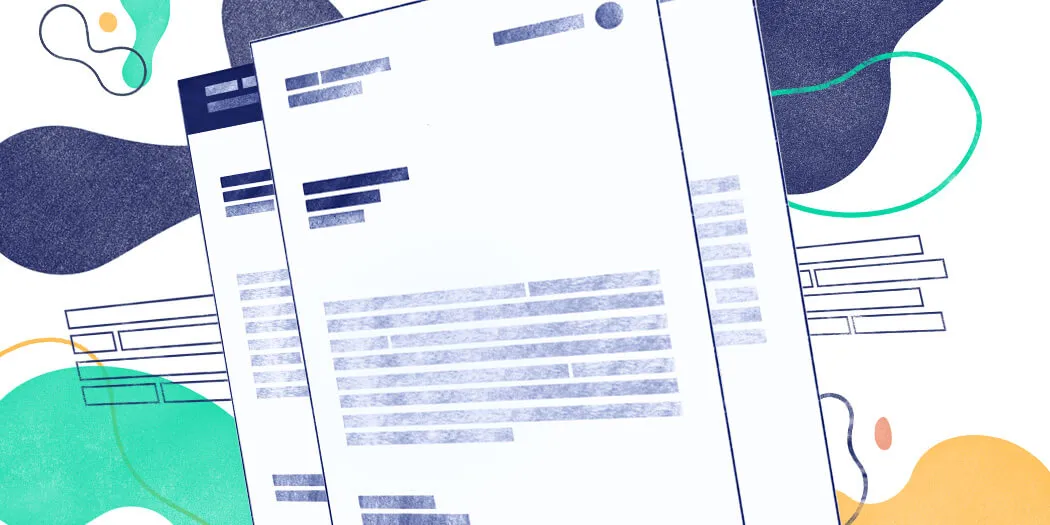What is a Business Cover Letter?
A business cover letter is a formal document that accompanies your resume when applying for a job. It serves as an introduction, allowing you to highlight your relevant skills, experience, and qualifications in a way that complements your resume. Unlike the concise nature of a resume, a cover letter provides an opportunity to elaborate on your achievements, express your interest in the position, and showcase your personality and communication skills. It’s your chance to make a strong first impression and convince the hiring manager that you’re the ideal candidate for the role. A well-crafted cover letter is crucial for making your application stand out from the competition and increasing your chances of getting an interview.
Purpose of a Business Cover Letter
The primary purpose of a business cover letter is to introduce yourself to a potential employer and express your interest in a specific job opening. It acts as a personal marketing tool, allowing you to connect your skills and experience with the requirements of the position. A cover letter helps you explain why you’re a good fit for the company and what you can bring to the role. Moreover, it demonstrates your communication skills and attention to detail, which are highly valued in professional settings. A well-written cover letter not only highlights your qualifications but also shows your enthusiasm for the opportunity and your understanding of the company’s needs and goals.
Key Components of a Business Cover Letter
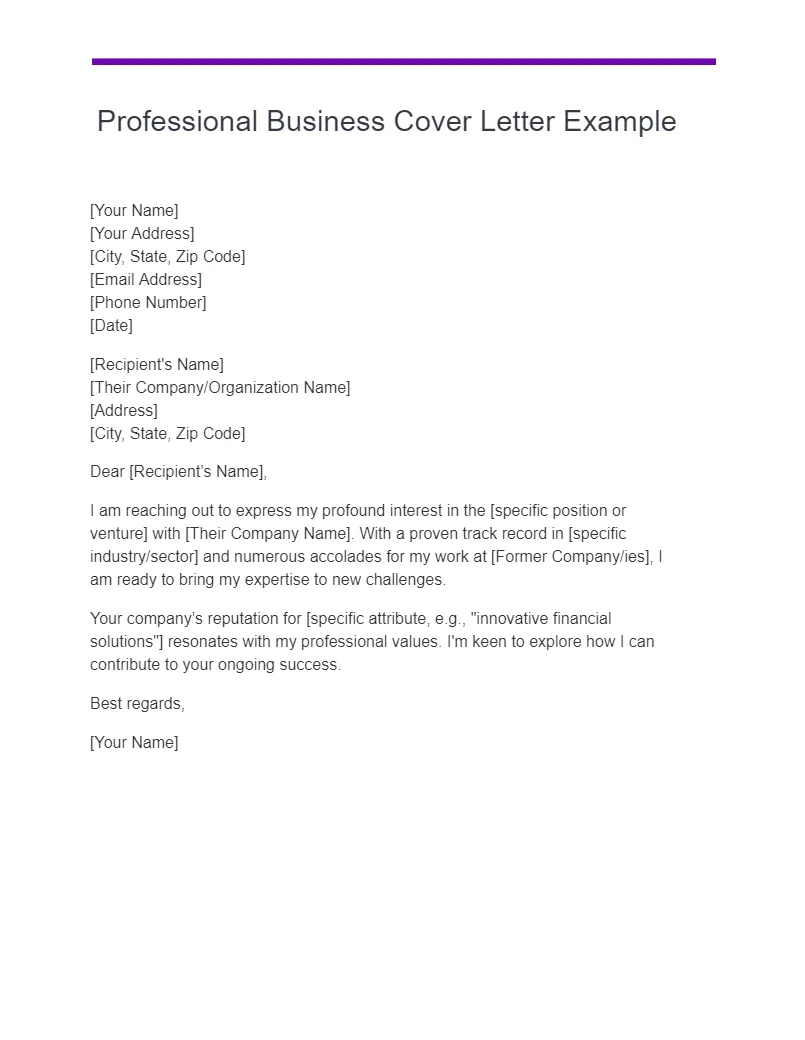
A comprehensive business cover letter includes several key components that work together to present a compelling case for your candidacy. These components ensure that your letter is well-organized, informative, and persuasive. Following a standard structure allows you to convey your message effectively and make a positive impression on the hiring manager. Each part of the cover letter contributes to a cohesive narrative that demonstrates your suitability for the job and your genuine interest in the opportunity.
Contact Information Section
The contact information section should be at the top of your cover letter. It typically includes your full name, address, phone number, and email address. Ensure that your email address is professional and appropriate. The contact information allows the hiring manager to easily reach you. Consistency between your resume and cover letter contact information is vital to avoid any confusion.
Date and Recipient Information
Following your contact information, include the date of the letter. Below the date, provide the recipient’s information, including their name, title, and the company’s address. If you know the hiring manager’s name, address the letter directly to them (e.g., “Dear Mr./Ms. [Last Name]”). This personal touch demonstrates that you’ve done your research and are genuinely interested in the specific opportunity, making your application more personalized and showing your attention to detail.
Greeting/Salutation
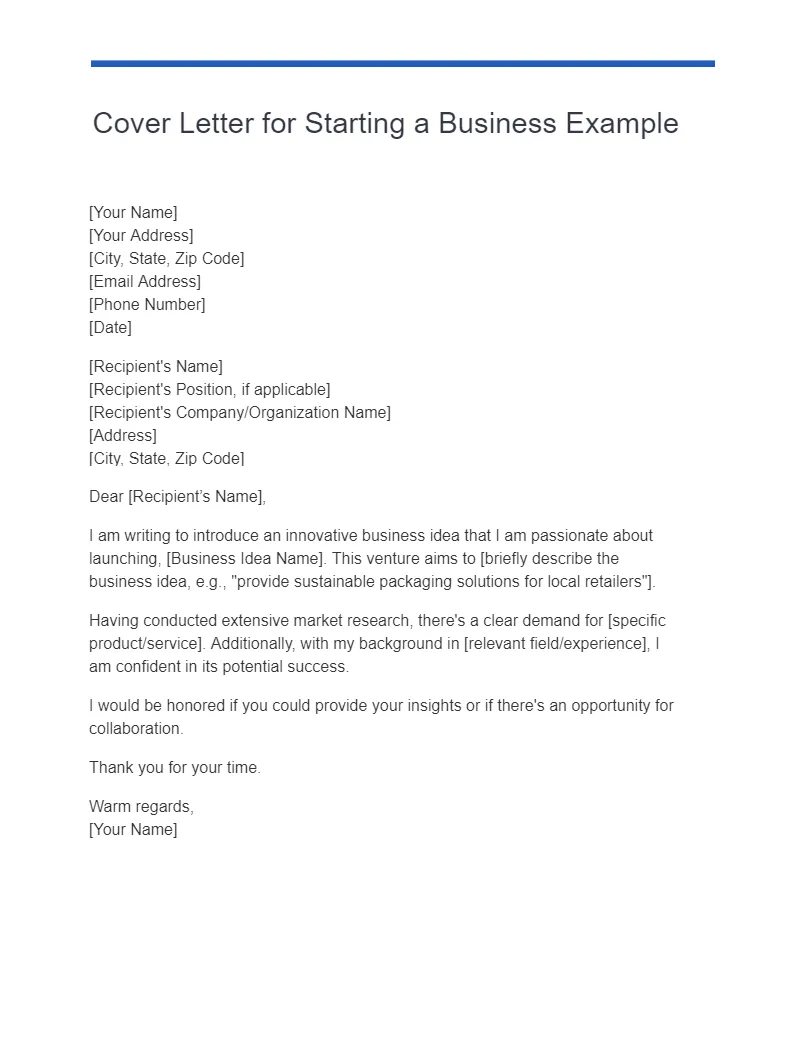
Begin your cover letter with a professional salutation. Using the hiring manager’s name is ideal, as it shows you’ve taken the time to find out who will be reading your application. If the hiring manager’s name isn’t available, use a general salutation such as “Dear Hiring Manager.” Avoid overly casual greetings. The salutation sets the tone for the rest of the letter, so make sure it’s appropriate and shows respect for the recipient.
Body Paragraphs
The body paragraphs are the core of your cover letter, where you highlight your qualifications, skills, and experiences. Typically, a cover letter includes three main paragraphs that build on each other to tell your story. Each paragraph serves a specific purpose and contributes to the overall effectiveness of your letter. The body paragraphs should be well-structured, concise, and tailored to the specific job requirements.
First Paragraph — State Your Purpose
In the first paragraph, state the purpose of your letter and the specific position you are applying for. Mention where you saw the job posting. Briefly express your enthusiasm for the opportunity. This paragraph should immediately capture the reader’s attention and give them a clear understanding of why you are writing. Start strong and keep it concise.
Second Paragraph — Highlight Skills and Experience
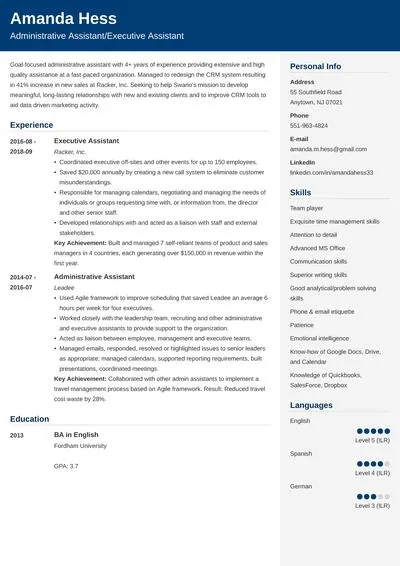
The second paragraph is the heart of your cover letter, where you showcase your skills and experience. Focus on the most relevant aspects of your background that align with the job requirements. Provide specific examples and quantify your achievements whenever possible. Use action verbs to describe your accomplishments and make your statements more impactful. Tailor this paragraph to the job description to demonstrate your suitability for the role.
Third Paragraph — Express Enthusiasm
In the third paragraph, express your genuine enthusiasm for the company and the position. Explain why you’re interested in the role and what attracts you to the organization. This is your chance to demonstrate that you’ve researched the company and understand its mission, values, and culture. Also, mention how your skills and experiences can contribute to the company’s success. Conclude by expressing your eagerness for an interview.
Closing Paragraph — Call to Action
The closing paragraph should summarize your interest and reiterate your desire for an interview. Thank the hiring manager for their time and consideration. Provide your contact information again to make it easy for them to reach you. End with a strong call to action, such as, “I look forward to hearing from you soon.” Make sure that the closing paragraph leaves a positive and lasting impression.
Formal Closing
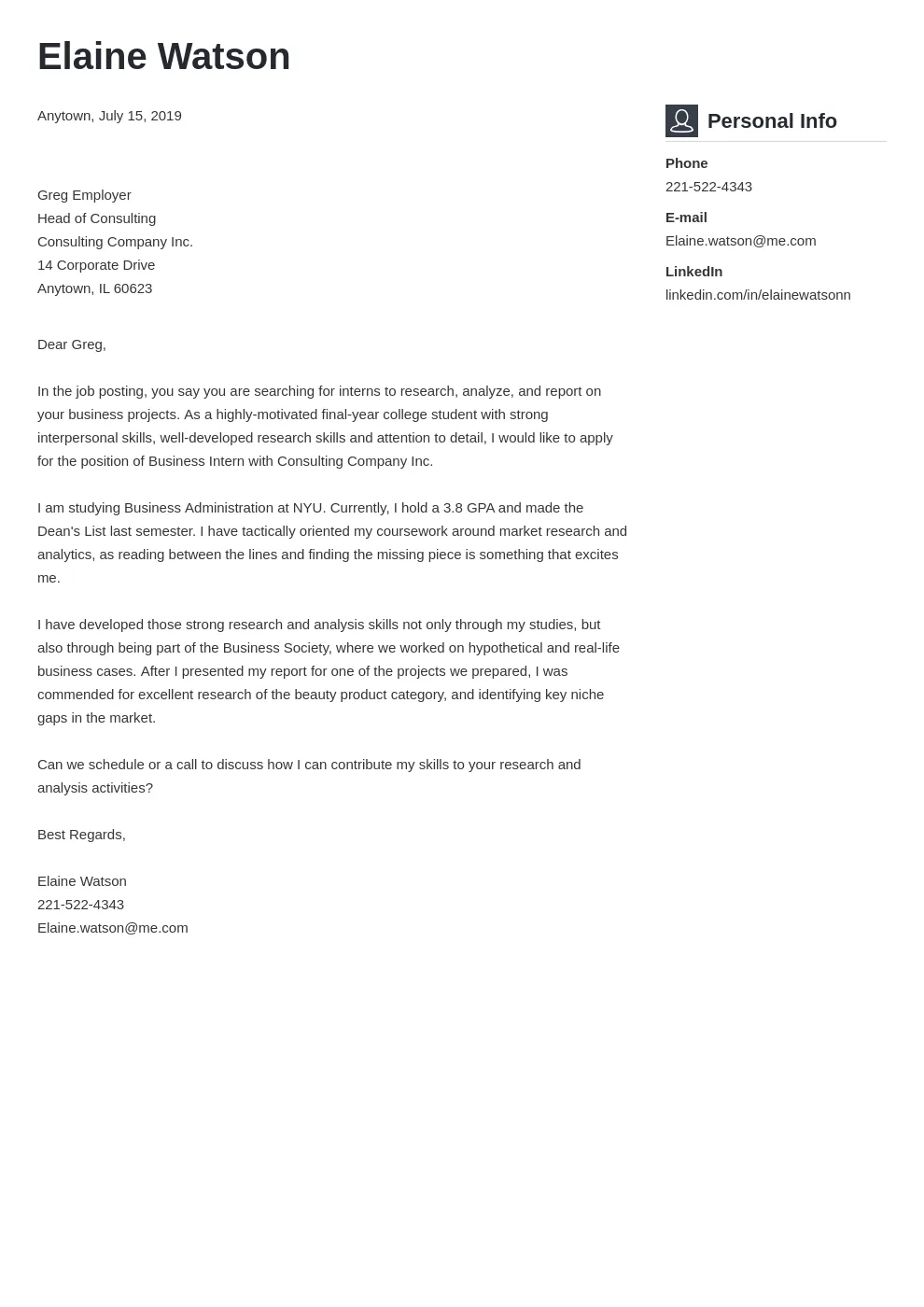
Choose a professional closing, such as “Sincerely,” “Best regards,” or “Yours faithfully.” Avoid informal closings like “Thanks” or “See you soon.” The formal closing reinforces the professional tone of your cover letter. Ensure the closing aligns with your overall writing style and the context of your letter, making it consistent with the rest of your content. Then, leave space for your signature if printing a physical copy.
Signature (if printed)
If you are printing your cover letter, leave space after the closing for your handwritten signature. This adds a personal touch and demonstrates that you have taken the time to properly prepare your application. If you are submitting an electronic copy, you can omit the signature space, as it is not necessary.
Proofreading and Formatting
Proofreading and proper formatting are crucial for a professional cover letter. These details reflect your attention to detail and commitment to excellence. Proofreading ensures that your cover letter is free of any grammatical errors, typos, or spelling mistakes. Ensure your writing is clear, concise, and grammatically correct. Use a spell checker and, ideally, have a friend or colleague review your letter to catch any errors you might have missed. Proper formatting improves readability and makes your cover letter visually appealing. Use a standard font, such as Times New Roman or Arial, and keep the font size between 10 and 12 points. Use consistent margins (1 inch on all sides) and double-space between paragraphs. Use a clear and professional layout to make your letter easy to read.
Common Mistakes to Avoid

Several common mistakes can undermine the effectiveness of your cover letter. Avoiding these errors can significantly improve your chances of success. One of the most common mistakes is generic cover letters. Do not use a generic template for all applications. Each cover letter should be tailored to the specific job and company. Another mistake is grammatical errors. Ensure your cover letter is free of grammatical errors, typos, and spelling mistakes. Always proofread carefully. Finally, avoid using jargon or overly complex language. Keep your language clear, concise, and easy to understand.
Using the Right Tone
The tone of your cover letter should be professional and enthusiastic. It reflects your personality and attitude. Maintain a positive and confident tone throughout your cover letter. Avoid being overly formal or sounding robotic. Use a conversational style that engages the reader. Be enthusiastic about the opportunity, express your interest, and showcase your qualifications in a way that makes the reader want to learn more about you. The right tone makes your application more relatable and shows that you’re a good fit for the company culture.
Tailoring to the Job
Tailoring your cover letter to each job application is essential for success. This shows that you are genuinely interested in the specific role and the company. Carefully read the job description and identify the key skills and requirements. Highlight your relevant experience and skills that match the job description. Quantify your achievements whenever possible to demonstrate your impact. By tailoring your cover letter, you make it clear that you have the qualifications and experience the employer is looking for.
Formatting and Readability
Formatting and readability significantly impact your cover letter’s effectiveness. A well-formatted cover letter is easy to read and visually appealing. Use a standard font such as Times New Roman or Arial, and keep the font size between 10 and 12 points. Use consistent margins (1 inch on all sides). Use clear paragraph structure and double-space between paragraphs. Use bullet points for lists of skills or achievements. Proofread carefully to ensure that your formatting looks neat and professional, and that the document is easy to read.
Examples and Templates
Using examples and templates can assist in crafting a compelling cover letter. They offer guidance and ensure you include the essential elements. Reviewing cover letter examples provides inspiration and shows you how to structure your own letter effectively. You can adapt these examples to match your specific skills and experience. Cover letter templates provide a pre-formatted structure that helps you organize your content and avoid common formatting mistakes. Remember to customize any template you use to fit your needs. Make sure that you make the content unique to you.
Business Cover Letter Example
Here’s a sample business cover letter to illustrate the concepts we’ve discussed. This example demonstrates how to format the letter, incorporate relevant information, and maintain a professional tone. This sample is designed to provide a guide for you. It is also critical to adjust it to your own specific qualifications and the job requirements.
Business Cover Letter Template
A well-designed template simplifies the writing process. It also guarantees the necessary structure and formatting. Templates typically include placeholders for your contact information, the recipient’s details, and space for the body of the letter. Customizing the template to include your specific qualifications and experience is essential. Consider using a template to ensure your cover letter looks polished and professional. Using a template can help you present yourself in the best possible light. Ensure the template aligns with the company’s branding.
